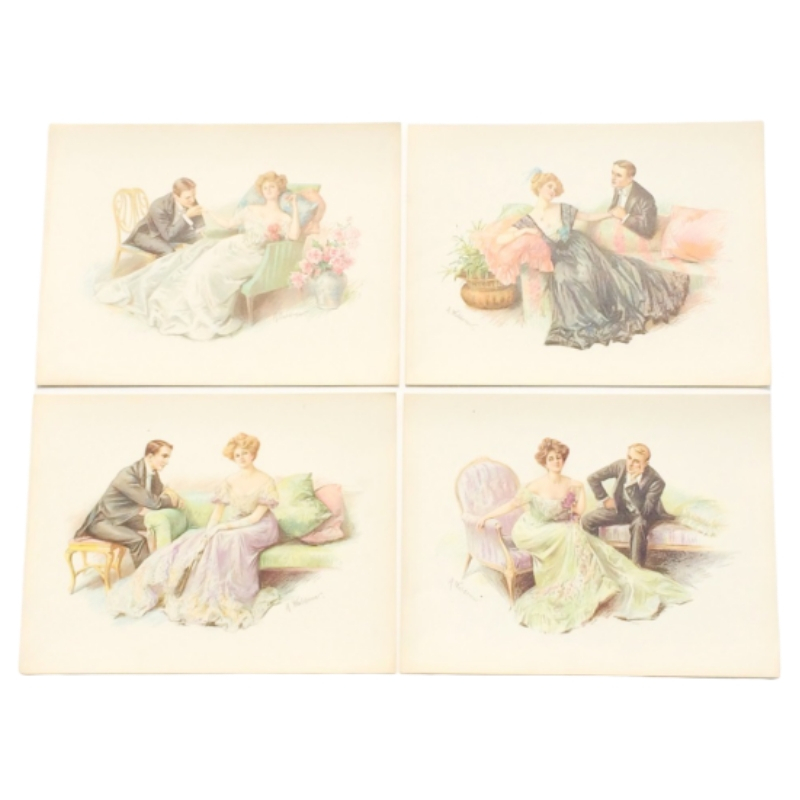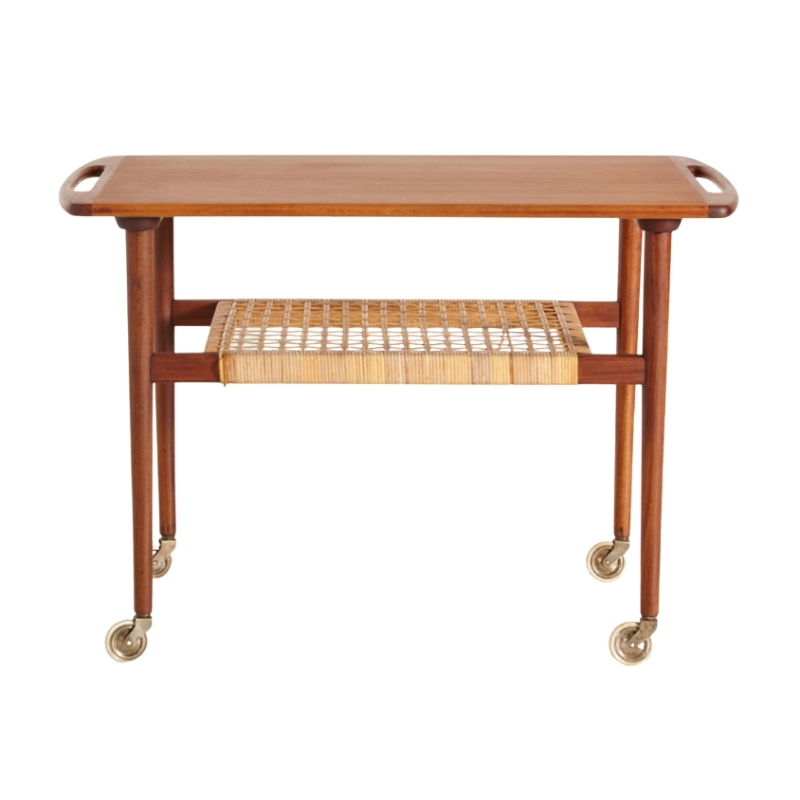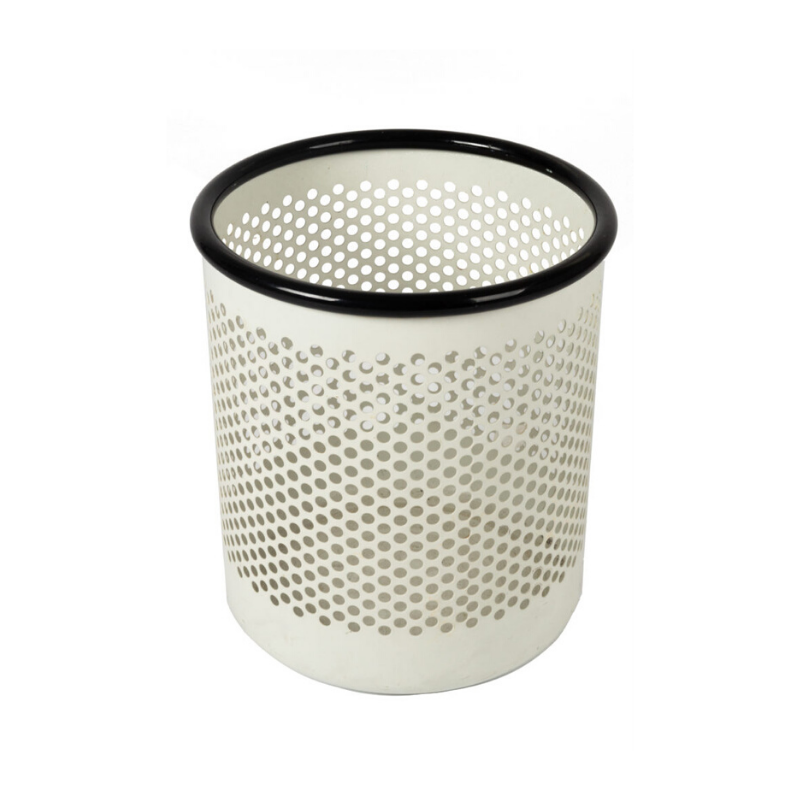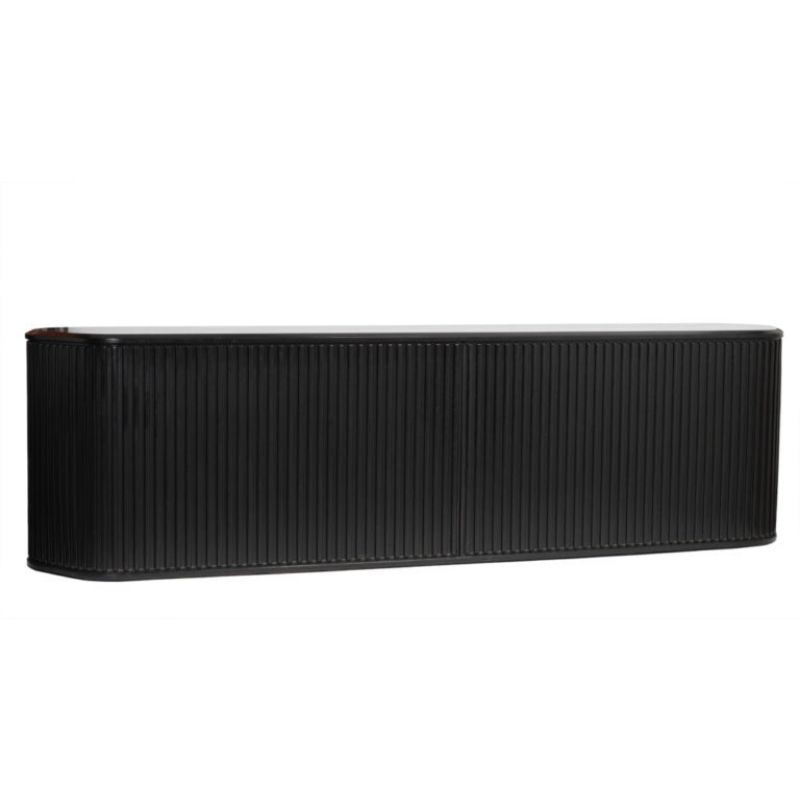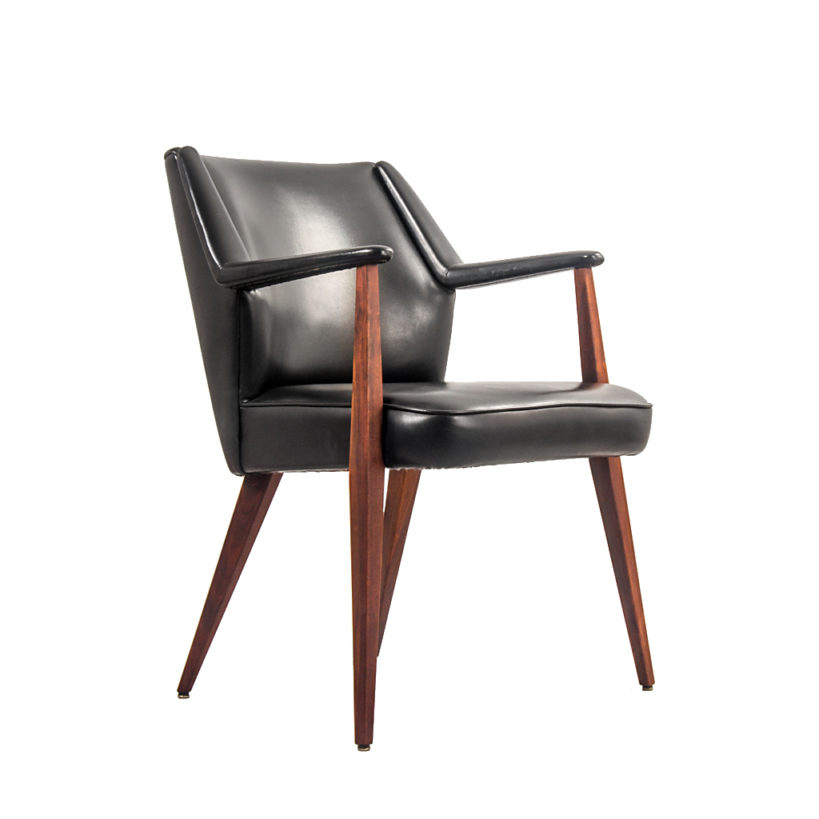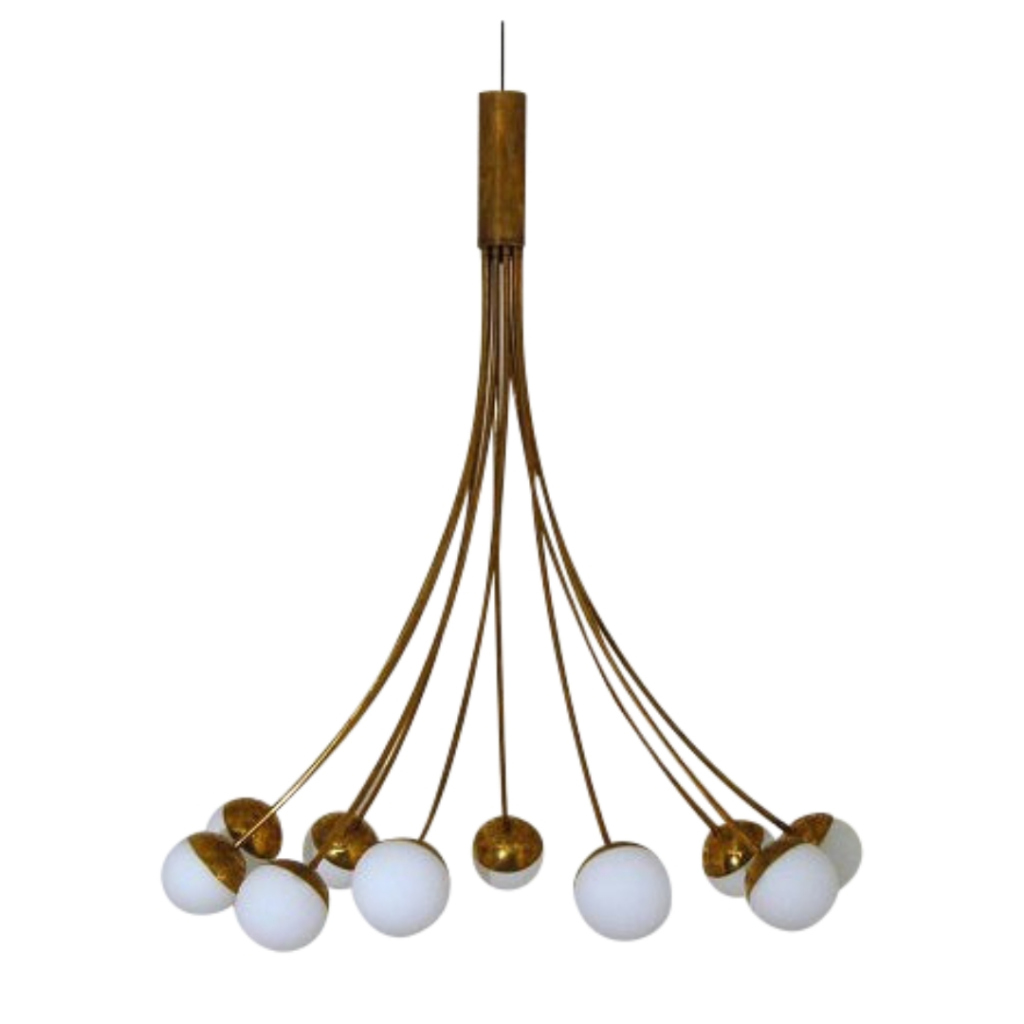I purchased a set of 6 Evans production Eames DCW chairs in the red aniline dye finish. According to the seller, the chairs sat for 30 years in a garage. They are rather rough. However, they were at a price I couldn't say no to.
The photo album best shows the condition of the chairs: http://imgur.com/a/lLsoM
Based on this link ( http://blog.mam.org/2011/10/07/from-museum-storage-beneath-a-ray-and-charles-eames-lcw-chair/ )and the lables on the chairs I have dated these at 1948, and from my understanding, the red aniline dyed walnut is quite rare.
Some of the chairs have whole veneers on the seat and backrest, others are a mix of bookmatched veneers and whole veneers.
All of the chairs appear to have original fasteners and shock mounts. The bottom fasteners are in the 5-2-5 configuration confirming the chairs as Evans production.
Having sat for so long, there are caked on white spots (possibly dust/ dirt/ latex paint) that can be scraped off with a fingernail. Some of the chairs also have patches of raised black spots which I assume is mildew.
All of the chairs have wearing on the original finish in spots. Some are better than others. One has the red finish almost completely worn off the front faces of the seat and backrest. 2 of the chairs have damage to their front edges.
All of the chairs still have the Evans label. Some of the labels have black spots (presumably from being stored upside down in a garage), others are quite pristine.
I have experience cleaning oiled furniture with #0000 steel wool and naphtha and then waxing the wood. However, I don't know how these chairs were finished. They all appear quite dull.
I'm looking for any advice on how to best to clean/ restore the chairs. Seeing as they are early production in a rare finish, I don't want to do anything to decrease their value.
Any other information on early production DCW's would also be appreciated.
Edit: changed link to album to include more pictures.
Someone
will suggest a very-low-impact dry cleaning regimen, with possible use of solvent. I would start with a dusting and firm vacuuming. Which substance would be the best treatment for mildew ?
As for adding luster or gloss -- whew. The thrust is to withhold that -- at least for a time. Almost anything added will change the patina and permanently alter the original material specification. It will almost surely exaggerate the difference between less- and more-worn areas on a single chair, too.
As the chairs differ -- at least one of them is unique, now -- perhaps a variety of treatments, now, would preserve all of them -- but with differences. A discreet label on the bottom would identify the one that was waxed, the oiled one, the lightly-lacquered one, etc. The set would then become a usable group with tadded benefit as a research-traching tool.
The one which has lost its color could be treated as the exception -- either left untouched, and perhaps unused (or not), or given an experimental recoat of aniline dye -- perhaps only on one set of parts (seat, back, spine, or legs) . . . ?
I'm in agreement on the...
I'm in agreement on the vintage patina- it looks excellent. The well loved look is certainly growing on me.
That said, I would like to try and remove the raised black spots present on some of the chairs. In person it appears far more like grime then patina. What might be the best way to go about this?
I'm thinking that light cleaning with a soft rag with either vinegar, a commercial wood furniture cleaning product or lemon oil might do the trick. The lemon oil would also have the benefit of helping the rather dry wood. Thoughts?
If you need any help, please contact us at – info@designaddict.com




